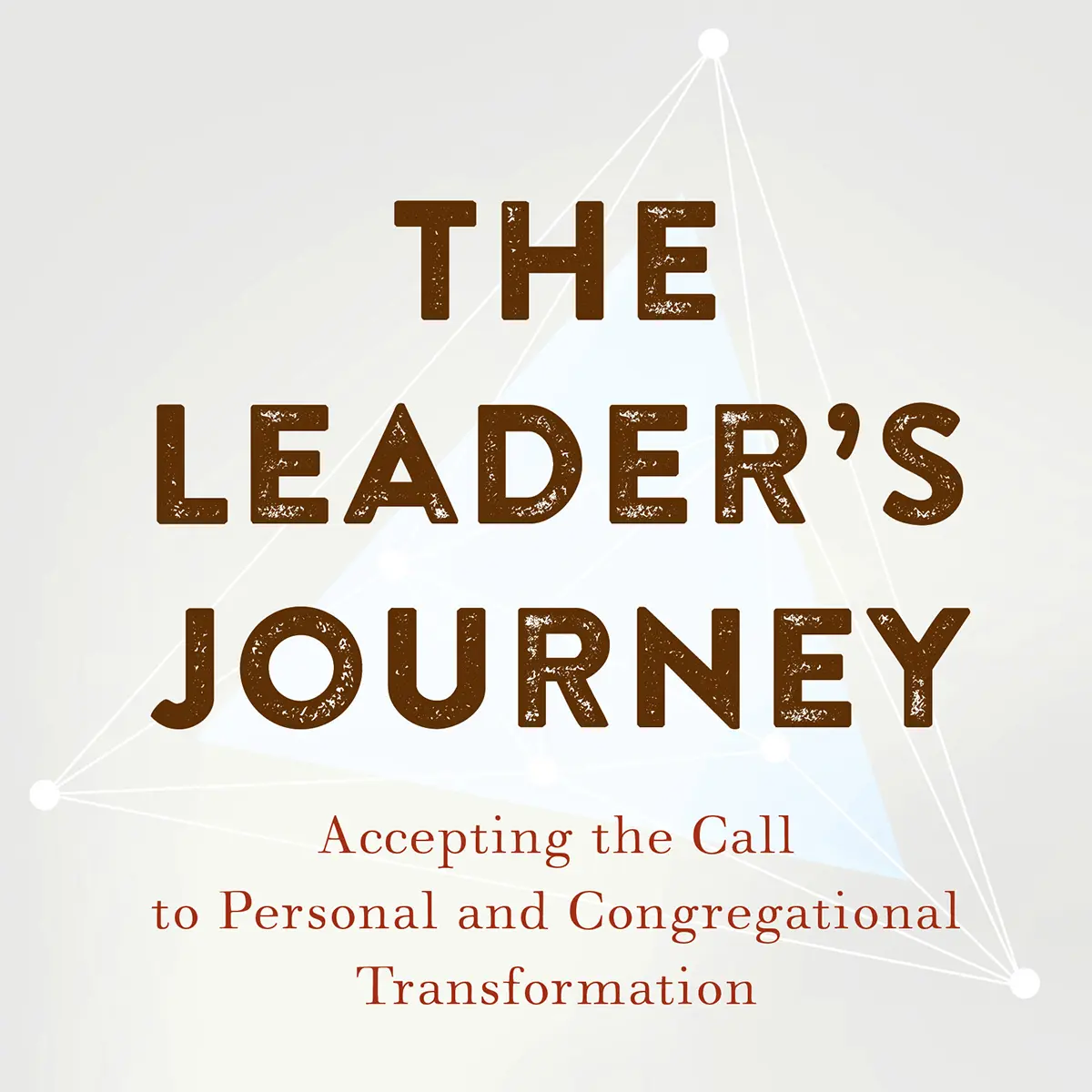I think that every leader I coached this week wanted to talk about coronavirus—actually, not the virus itself but the leadership challenges that it creates. Together, we remembered that this is a good time for systems thinking. When we’re not thinking systems, we’re thinking linearly, which can sometimes be helpful but can mostly only deal with one cause and one effect at a time. Systems, on the other hand, are infinitely complex, connected and changing, a lot like real life.
Whether you’re a leader of a congregation, a business or a family, you’re making decisions about how to increase the chances that everyone can be safe. The job of a leader in an anxious system is, in part, to manage their own anxiety and to take steps that help to turn down the heat for everyone else. Here are some things to remember that might help:
Start with facts. Remember that as our feeling processes heat up, our thinking processes cool down. It’s fine and even healthy to feel and express our feelings of anxiety or fear, especially with people who care about us and can help us soothe ourselves, but we have to remember to bring ourselves back to the facts. What is actually happening? What do we know for sure? What are the experts saying? We manage anxiety better when we rely on science and statistics than when we immerse ourselves in conspiracy theories and emotion-laden media.
When it comes to helping turn down the heat of chronic anxiety for others, the best thing we can do is to help them think. When anxiety is very high, we do more good in that moment by asking people questions that have factual answers rather than helping them process their feelings. Some thinking questions: What happened? What happened next? What did you do? What did they do? What have you heard? What do you think about that? What do you want to happen? What are you going to do? What options do you have? What are the advantages and disadvantages of that?
Make needed changes early, remembering that human beings resist change. In fact, by the time we feel the urgency that motivates us to make big and inconvenient changes, we’re already behind. By the time people reach the point of desperation and are ready to make significant changes to their routines and preferences, the point of no return is approaching fast. If it feels as if it’s too soon to introduce change, it might be exactly the right time.
See your congregation as one small part of a much larger system. Pastors often feel as if they have suddenly become responsible for the health and wellbeing of all their members as well as any visitors who might show up. But congregants are connected to a much larger whole and their health is too. So while you’re figuring out what you’d like to do to keep people safe on Sundays, remember that they (and you) will also be dealing with reality Monday through Friday.
Look for short term successes that support long term results. When we are thinking systems, we look for the few things that can change everything. Right now, that’s what social distancing is. Each of us who stay home contribute to the health of our communities, even the health of people we will never know.
Keep things simple. Sometimes the highest point of leverage is elegantly simple; washing our hands while singing “Happy Birthday” seems to be a particularly pertinent example. Speaking of simplicity, right now, the most important thing any of us can do is to take care of our own friends and family and a few others. Don’t add an extra layer of administrative complexity if you can help it. It’s tempting to think that the church needs to start a program to address the needs of people in the midst of a potential virus outbreak. Maybe it does. Maybe, though, the church can practice equipping and supporting its people to take care of their own and a few more people in a much more organic way.
Finish your plan. Many leaders are putting together a “drastic action” plan—a plan to close the church, for example, and suspend services, a plan to handle funerals, a plan to provide pastoral care—but just having a plan for worst case scenarios isn’t enough. Have you decided what concrete events will trigger your plan? What often happens is that we spin around anxiously until our anxiety reaches an unbearable threshold and then that anxiety is what triggers the plan. Often that means that the drastic action plan is activated not by thoughtful response to changing conditions on the ground but by anxious reactivity to hearsay, conspiracy theories and fear. When you know what conditions will objectively trigger your plan, you don’t have to constantly wonder, “Is it time? What about now?” You can relax in the knowledge that you will know when to act.
Anxiety is normal in human systems. Our ability to shortcut into fight, flight and freeze has helped us to survive for millennia. When life is scary or chaotic, though, we can look to systems thinking to help us with another shortcut way of understanding what is happening and making good leadership decisions.









